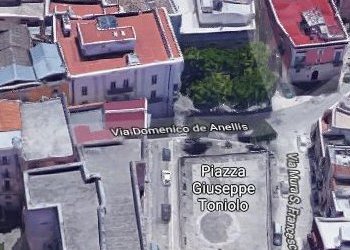Story of the museum
A MUSEUM FOR SAINT RICHARD
“How did the Museum come about?
The idea of creating a museum came from my natural sensitivity and openness to all the beautiful things that art and faith have made and spread in all our churches.
I understood that there had to be a lot of artworks around. I would walk down into the parish churches, after my duty visits, and I would find in the corner of the sacristies abandoned battered paintings, rickety chandeliers, pieces of patterned marble.”
So Mons. Lanave, bishop of Andria from 1969 to 1988, explains the reasons why he collected abandoned artworks, which today constitute the core of the collection exhibited in the new Diocesan museum of Andria, established by episcopal decree on the 20th May 1972.
S.E.R. Mons. Raffaele Calabro, bishop of Andria from 1989 to 2016, is responsable for the division of the Museum into three sections, to be carried out in the three centres of the diocese: Andria, Canosa di Puglia, Minervino.
The 20th – century palace Margiotta was selected to house the section of Andria, named after Saint Richard, it is located in the historical centre and used to welcome the Community of Farmhands. The building underwent accurate restoration works aimed at its conversion into a museum. The first floor offers an excursus in the history of the diocese from the origins to the early 1800s through the sacred artworks on display. The sections on the second floor are dedicated to the actions of spiritual and organizational renewal carried out in the diocese between the 19th and 20th centuries by enlightened bishops who revived faith also through a new impetus given to the cult of Saint Richard, patron of Andria. A tribute was paid to Saint Richard in the first half of the 20th century by placing together his relics in a gilded wooden urn, a silver cast of the Saint's head along with precious vestments, the mitre and the pastoral staff, symbols of his episcopal role. These elements are now on display at the Museum, along with the reliquaries, liturgical objects and sacred furnishings made of precious metals, vestments made of valuable fabrics, as a reminder of the willingness to honor faith through beauty.
Address: via De Anellis n. 48, angolo piazza Toniolo 5, 6, 7, 8.
Phone: +39 0883593382
Email: museodiocesano@diocesiandria.org
Andria diocese's web address



